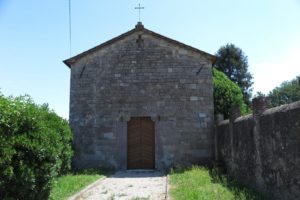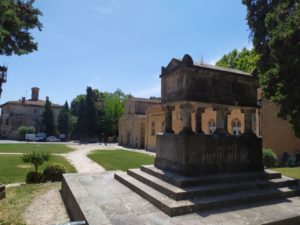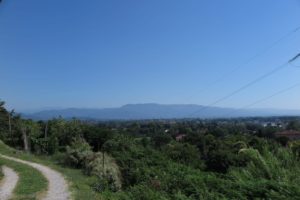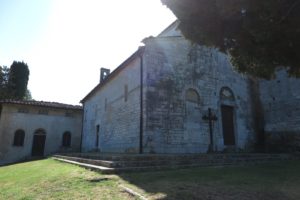Development of sustainable tourism to preserve and enhance the Romanesque cultural heritage in Tuscany with Itinera +
Title Itinera Romanica +
Location Tuscany
Duration 2019-2022
Partner Municipality of Lucca
Framework Programma INTERREG Italia-Francia Marittimo 2014-2020
Ente finanziatore European Fund for Regional Development (FESR)
Context
Itinera Romanica + is a cross-border project between Italy and France with the aim of enhancing the minor Romanesque cultural heritage widespread in Tuscany, Liguria, Sardinia, Corsica, the Provence-Alpes-Cote-d’Azur (PACA) region, the five regions of cooperation area.
The project aims to create an integrated offer of 13 Romanesque itineraries of the Upper Tyrrhenian to be jointly promoted in Italy and France. By integrating some of the already existing sustainable tourism routes, it also intends to improve accessibility to Romanesque sites such as churches, monasteries and hermitages. The project therefore focuses on the issues of accessibility and involvement of local communities. Physical and virtual accessibility intends to make it accessible to the greatest number of users including people with motor or sensory disabilities.
With the involvement of associations, groups of citizens and businesses in the area and all key-players, the project intends to promote respect for and the value of cultural heritage and guarantee the long-term sustainability of the actions undertaken. Local communities have been in fact invited to actively participate in the multiple project activities.
General Objective
To enhance and preserve the Romanesque cultural heritage, the Local Development Unit – involved by the Municipality of Lucca – will carry out a SWOT analysis to deepen the strengths and weaknesses of the program with particular regard to the areas of Monte Pisano that fall within the Municipalities of Buti, Calci, Capannori, Lucca, San Giuliano Terme, Vecchiano and Vicopisano.
Our contribution
The SWOT analysis is based on field visits to the key points of the itinerary and interviews with the different economic subjects of the area. The analysis will also use geospatial data which allows to give a cartographic representation of the spatial phenomena inherent to the itinerary and to conduct statistical analyzes on data that have a geographical and spatial extension.
Researchers will investigate the economic and cultural connections that caharacterize the area, in particular they will pay attention to the quality and intensity of the relationships between the actors and the Romanesque heritage, based on ad hoc questionnaires and using the methodology of Social Network Analysis.
Given the particular start of the year 2020, the Local Development Unit will investigate the challenges and opportunities for enhancing the context and development of sustainable tourism following COVID19.
Dscover more on the Local Development Unit
Related Projects
-

Social Impact Evaluation of the project “Housing Plus!” to contrast adult homelessness in Rome
-

Osteria Social Club, SROI evaluation of the social housing intervention of the Urban Housing Coop Net network
-

Mapping of social and health third sect organisations in inland areas of Tuscany for the TUSCANY HEALTH ECOSYSTEM – SPOKE 10 project
-

Action-research for the territorial development of the Casentino Valley
-

Social impact evaluation using the SROI methodology of small cocoa producers in Ecuador
-
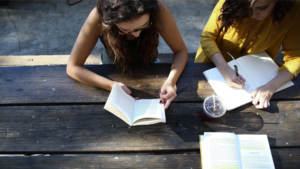
Betting on the Future: Youth and Territory in the Empolese Valdelsa Municipalities
-
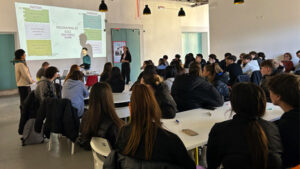
Generation 2030 training for local authorities on youth participation for sustainable development
-
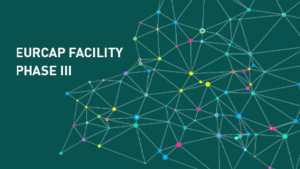
Capacity Building European Facility for the Readmission of Migrants – EURCAP, Final Evaluation
-
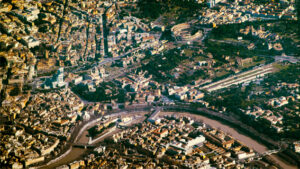
Voluntary Local Review of the Metropolitan City of Rome
-
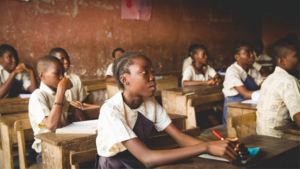
Evaluation of Dare to Hope, a project to create socio-economic alternatives to migration in Nigeria
-
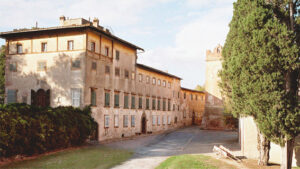
Territorial analysis for the recovery of the historic village of Villa Saletta
-
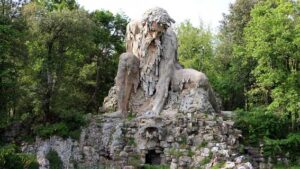
Territorial analysis for the enhancement of the Medici Gardens of Pratolino
-
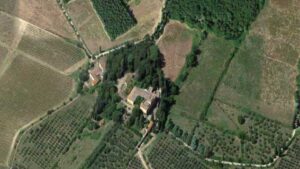
Studies and research for the eco-sustainable recovery, renovation and functionalization of the Villa Mondeggi Estate
-
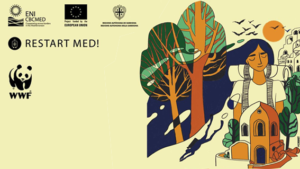
RESTART MED! capitalisation for the promotion of sustainable tourism in the Mediterranean
-
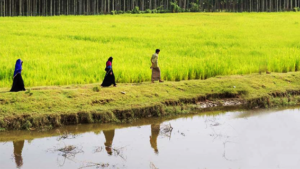
Evaluation of the project that fosters mainstreaming migration into international cooperation and development policies
-

Evaluation of the project INside AUT promoting the autonomy of persons holding international protection
-
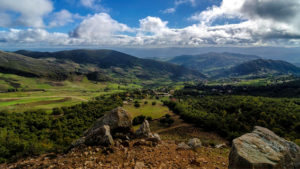
SDGs Localisation Strategies and Local Development in Tunisia
-
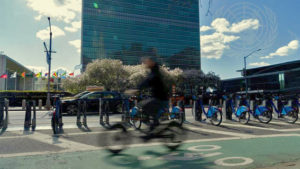
The Localization of the SDGs and post-pandemic recovery through enhanced multilevel governance
-

Migration and the localisation of SDGs: the role of diaspora associations for sustainable development
-
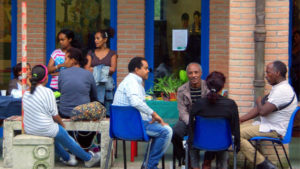
Final evaluation of the IOM project on municipalities and migration mainstreaming in Italy and Albania
-
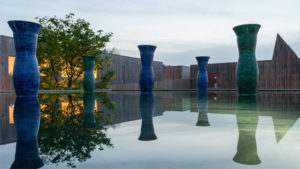
Territorial analysis for the valorisation strategy of Atelier Marco Bagnoli and the association Spazio X Tempo
-
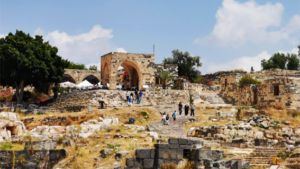
Mid-term evaluation of the MED GAIMS project for tourism promotion and preservation of cultural heritage in the Mediterranean
-
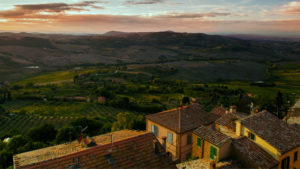
Territorial and socio-economic diagnostics for the Intermunicipal Structural Plan of Valdisieve
-
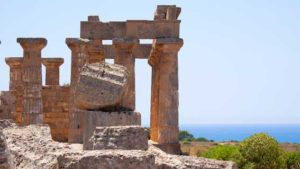
Evaluation of the CROSSDEV project to promote sustainable tourism in the Mediterranean
-

The Tuscan System of International Cooperation for the 2030 Agenda for Sustainable Development
-
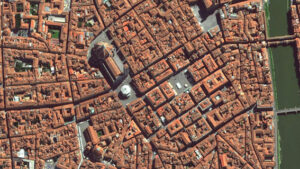
SDGs Localization for the 2030 Agenda for Sustainable Development for the Metropolitan City of Florence
-
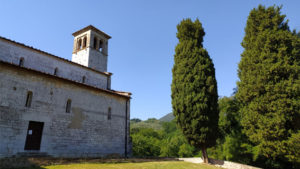
Development of sustainable tourism to preserve and enhance the Romanesque cultural heritage in Tuscany with Itinera +
-

SDGs localization to design sustainable development strategies | ARCO
-
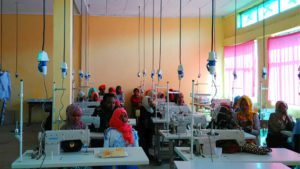
Mid-term evaluation of the project to contrast irregular migration in Ethiopia
-
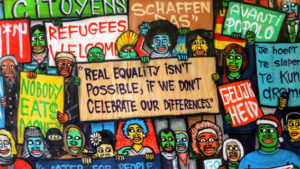
Evaluation of the SPRAR projects managed by ARCI Toscana
-
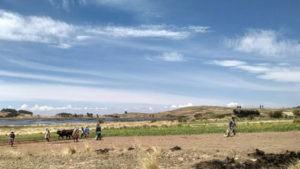
ECO.COM: strengthening local economic development in Bolivia
-
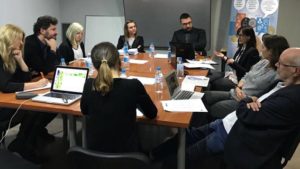
Cycle: il progetto per integrare l’economia circolare nella formazione per adulti
-
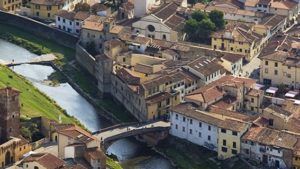
Need assessment to foster social inclusion in Tuscany
-

RB Tex: the new ethical label for the textile industry
-
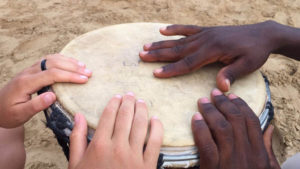
Investigating the link between migration and development in Italy
-
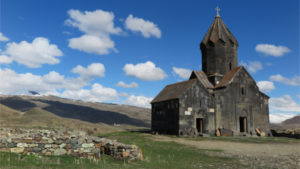
Action-research for ecotourism development in Armenia
-
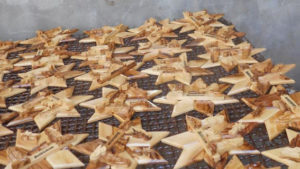
Increasing the sustainability of the local handicraft sector in Bethlehem
-
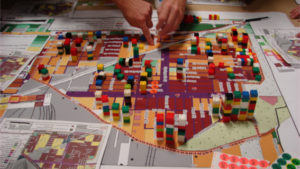
Strategic Plan of the Metropolitan City of Florence 2030
-
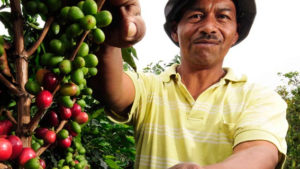
Impact evaluation of coffee cooperative in the Dominican Republic
